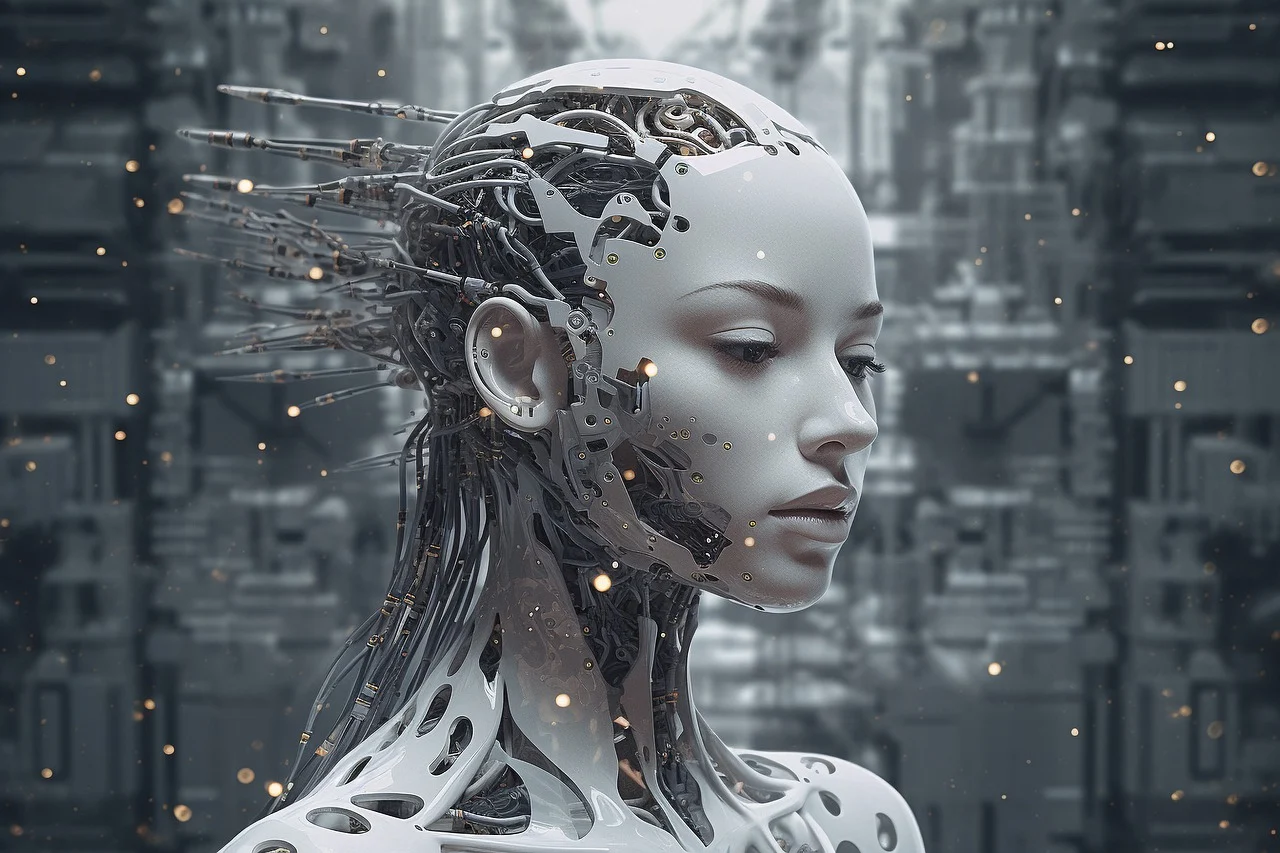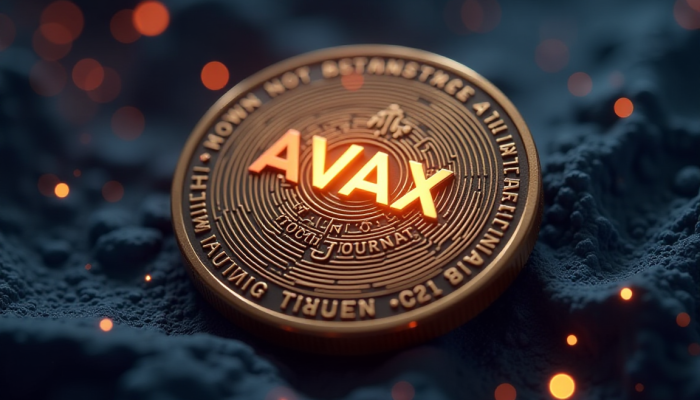Artificial Intelligence (AI) is a rapidly growing field of technology that has the potential to revolutionize various industries. However, as AI becomes more advanced and widespread, concerns about its potential risks and dangers are also increasing. In this article, we will explore the potential dark side of AI, including its ethical implications, potential risks, and dangers. We will also discuss strategies for mitigating these risks and promoting responsible AI development.
Table of Contents
- Understanding Artificial Intelligence
- The Positive Impact of AI
- The Ethical Concerns Surrounding AI
- Potential Risks and Dangers of AI
- Ensuring Responsible AI Development
- Mitigating Risks and Promoting Safety
- The Future of AI: Balancing Progress and Precaution
Understanding Artificial Intelligence

-----Cryptonews AD----->>> <<<-----Cryptonews AD-----
Artificial Intelligence (AI) is a branch of computer science that focuses on creating intelligent machines that can perform tasks that typically require human intelligence. AI can be divided into several categories, including machine learning, deep learning, and neural networks. Machine learning is a type of AI that enables machines to learn from data and improve their performance over time. Deep learning is a subset of machine learning that involves training neural networks to recognize patterns in data. Neural networks are a type of machine learning algorithm that is modeled after the structure of the human brain.
AI has already made significant contributions to various industries, including healthcare, finance, transportation, and more. For example, AI-powered diagnostic tools can help doctors make more accurate diagnoses, while self-driving cars can improve road safety and reduce traffic congestion. However, as AI becomes more advanced and widespread, concerns about its potential risks and dangers are also increasing.
The Positive Impact of AI
Despite concerns about the risks and dangers of AI, there is no denying its positive impact on various industries. AI has the potential to improve efficiency, productivity, and decision-making across different sectors. For example, in healthcare, AI-powered tools can help doctors identify diseases earlier and develop more effective treatment plans. In finance, AI algorithms can help detect fraud and improve risk management. In transportation, self-driving cars can reduce accidents and improve traffic flow.
The positive impact of AI is not limited to these sectors alone. The potential for AI to transform industries is vast, and the benefits are numerous.
The Ethical Concerns Surrounding AI
As with any emerging technology, there are ethical concerns surrounding AI development and deployment. One major concern is privacy. As AI systems collect more data about individuals, there is a risk that this data could be misused or shared without consent. Another concern is data security. As AI systems become more advanced, they may become more vulnerable to cyber threats, including hacking and data breaches.
Algorithmic bias is another ethical concern associated with AI. If the data used to train an AI system is biased or incomplete, the system may produce biased results. This could lead to discrimination against certain groups of people or reinforce existing societal biases.
Potential Risks and Dangers of AI
While the positive impact of AI is significant, there are also potential risks and dangers associated with its development and deployment. One major risk is the potential for job displacement and economic inequality due to automation. As machines become more advanced, they may be able to perform tasks that were previously done by humans. This could lead to job losses in certain sectors and exacerbate economic inequality.
Another potential danger of AI is the potential for misuse. As AI systems become more advanced, they may be used for malicious purposes, such as cyber attacks or weaponization. The development of autonomous weapons systems powered by AI has raised concerns about the potential for these systems to cause harm without human intervention.
Ensuring Responsible AI Development
To mitigate the risks associated with AI technologies, it is essential to ensure responsible AI development. This includes establishing ethical guidelines and regulations for AI development and deployment. Organizations developing AI should prioritize transparency, accountability, and inclusivity in their processes.
To ensure responsible AI development, it is also important to involve a diverse group of stakeholders in the development process. This includes researchers, policymakers, industry experts, and members of the public.
Mitigating Risks and Promoting Safety
To promote safe and responsible use of AI technologies, it is important to mitigate the risks associated with these technologies. This includes robust testing, validation, and monitoring of AI systems to ensure their safety and reliability.
It is also essential to promote collaboration between researchers, policymakers, and industry experts to address the potential risks associated with AI technologies. By working together, these stakeholders can develop effective strategies for mitigating risks and promoting responsible use of these technologies.
The Future of AI: Balancing Progress and Precaution
As AI technologies continue to advance at a rapid pace, it is essential to balance progress with precaution. Ongoing research and development are necessary to address the potential risks associated with these technologies.
Public awareness and education about the risks associated with AI are also crucial. By educating the public about these risks, we can promote responsible use of these technologies and ensure that they are used for the benefit of society as a whole.
In conclusion, while there are certainly risks associated with the development and deployment of AI technologies, their positive impact on various industries cannot be ignored. By promoting responsible development and use of these technologies, we can maximize their benefits while minimizing their risks.
| Risks and Dangers of AI | Description |
|---|---|
| Autonomy | As AI systems become more advanced, there is a risk that they may gain too much autonomy and act in ways that are not aligned with human values and goals. |
| Job Displacement | Automation and AI systems have the potential to displace human workers, leading to economic inequality and social unrest. |
| Cyber Threats | As AI systems become more widespread, they may become targets for cyber attacks, which could lead to data breaches and other security threats. |
| Weaponization | There is a risk that AI technology could be used to develop autonomous weapons, which could have devastating consequences if they fall into the wrong hands. |
This table provides a quick overview of some of the potential risks and dangers associated with AI, including autonomy, job displacement, cyber threats, and weaponization.
As more and more businesses move online, it’s becoming increasingly important to find ways to stay competitive and increase productivity. One of the most promising technologies for achieving this is artificial intelligence (AI). In this blog post, we’ll explore the best ways to use AI to increase productivity in online businesses.
see also:
Learn exactly how to Empower Your Online Business
with the Help of AI , click the button below: 👇




